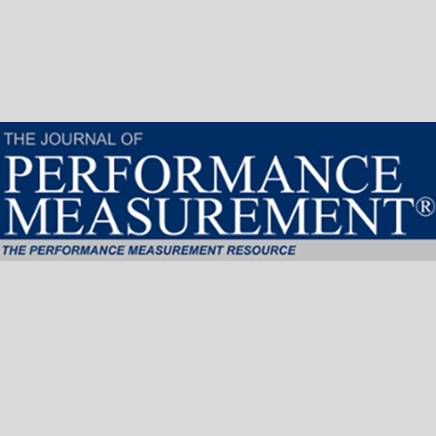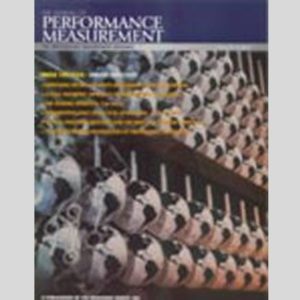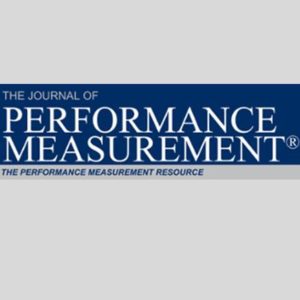Using Brinson Attribution to Explain the Differences Between Time-Weighted (TWR) and Money-Weighted (IRR) Returns
$25
Using Brinson Attribution to Explain the Differences Between Time-Weighted (TWR) and Money-Weighted (IRR) Returns
Joe D’Alessandro, NCREIF
Stock managers and investors have historically used the time-weighted return (TWR) as the sole performance reporting measure because industry standards have endorsed the use, not to mention the fact that equity indices and benchmarks are reported on the same basis.
Using Brinson Attribution to Explain the Differences Between Time-Weighted (TWR) and Money-Weighted (IRR) Returns
Joe D’Alessandro, NCREIF
Stock managers and investors have historically used the time-weighted return (TWR) as the sole performance reporting measure because industry standards have endorsed the use, not to mention the fact that equity indices and benchmarks are reported on the same basis. The TWR lends itself nicely to daily priced, daily traded and liquid investments. It's not surprising that bonds are reported in the same manner. As alternative asset classes and new-fangled investment structures evolved, including closed-end vehicles in private equity and venture capital, it became clear that the TWR didn't quite fit, although it is still desired by chief investment officers because one return measure is needed to aggregate performance and to compare performance across multiple asset classes.




